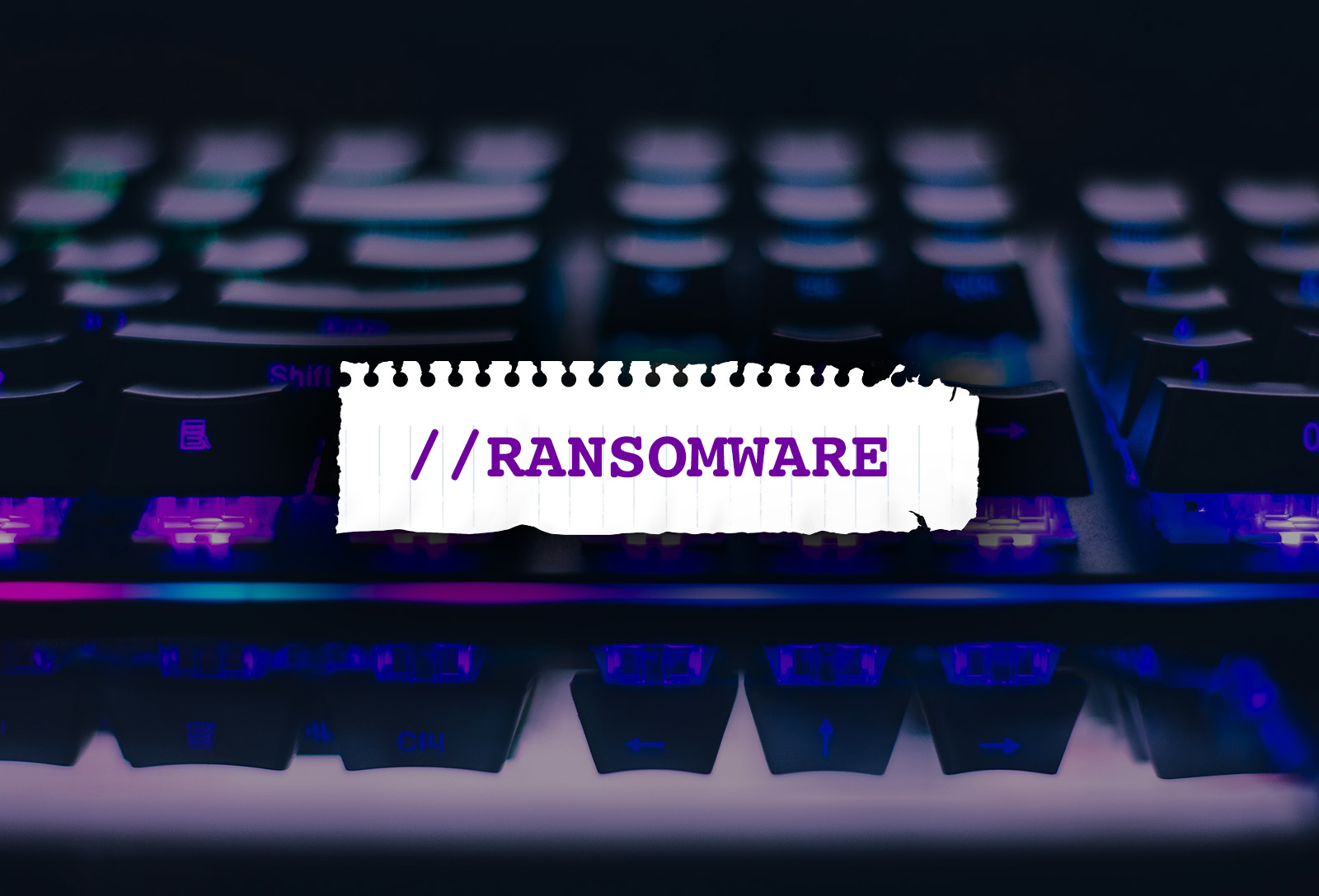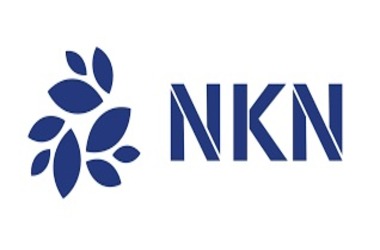Fortifying cyber defenses: A proactive approach to ransomware resilience
Ransomware has become a pervasive threat, compromising the security and functionality of vital systems across the United States.
While governmental pledges and public declarations of intent to fight cybercrime are foundational, they often lack the immediate and tangible impact necessary to counter sophisticated cyber threats. Case in point – the US recently pledged, along with 39 other countries, not to pay ransoms. In theory this makes sense: don’t pay, the bad guys don’t make money and move on to other crimes. In practice, it won’t work.

Getting the right tools
Instead of investing time in formulating non-binding pledges rather than working on actionable solutions, the US Government should adopt a more proactive stance by directly procuring advanced cybersecurity tools.
These tools, which have been developed to keep data safe and stop ransomware attacks, exist and are continually evolving. By spearheading the implementation, through investment and education, the government can set a powerful example for the private sector to follow, thereby reinforcing the nation’s cyber infrastructure.
The effectiveness of such tools is not hypothetical: they have been tested and proven in various cybersecurity battlegrounds. They range from advanced threat detection systems that use artificial intelligence to identify potential threats before they strike, to automated response solutions that can protect data on infected systems and networks, preventing the lateral spread of ransomware.
Investing in these tools would not only enhance the government’s defensive capabilities but would also stimulate the cybersecurity industry, encouraging innovation and development of even more effective defenses.
This approach can also foster public-private partnerships, as government agencies can collaborate with cutting-edge technology firms to develop new standards, best practices, and adapt commercial tools for government use, ensuring the most robust protection possible. These collaborations can also facilitate expanded information sharing, enabling both to stay ahead of emerging threats and collectively strengthen the nation’s cyber defenses.
Moreover, the procurement of…


